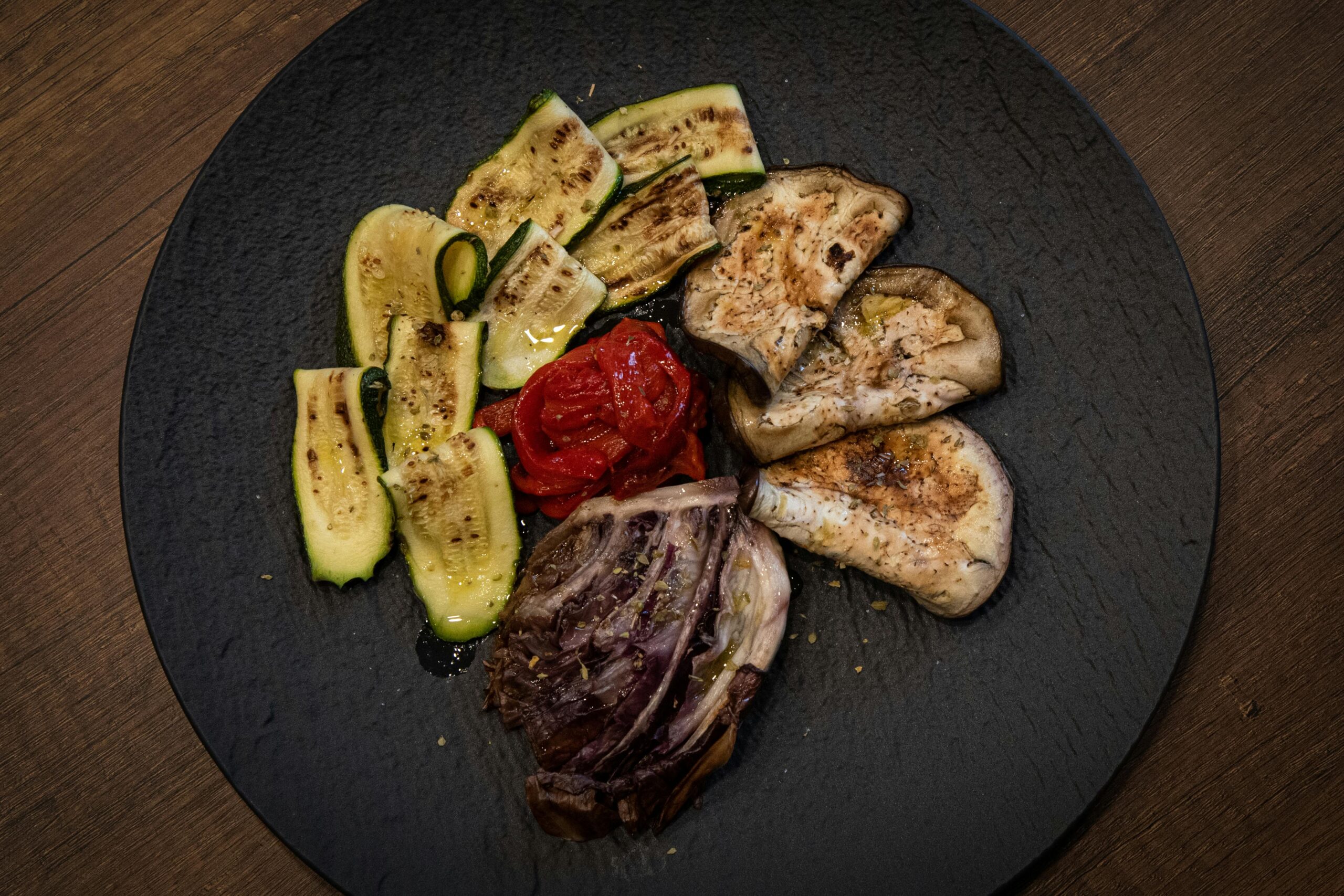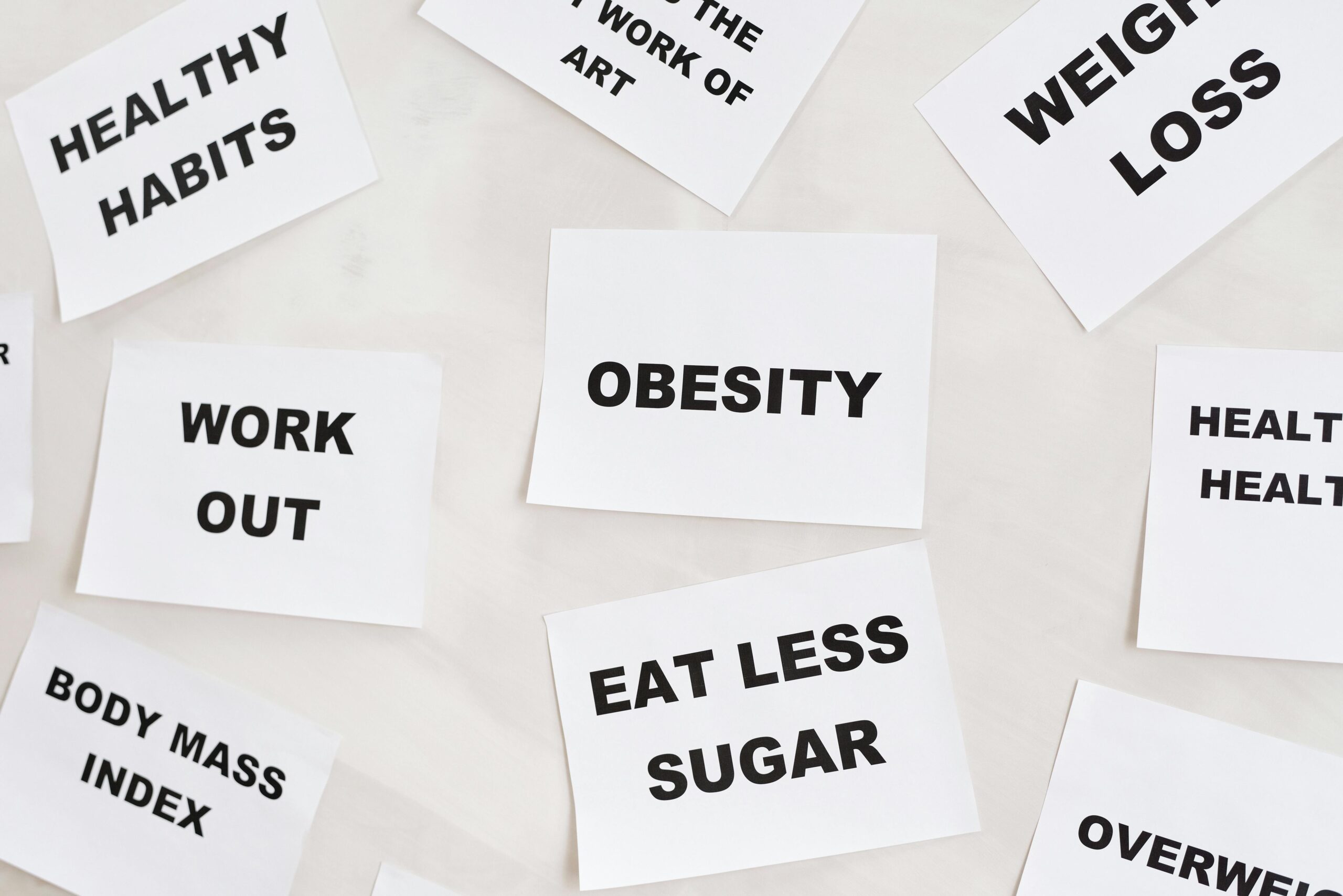Have you ever wondered if a gluten-free diet could improve your health, energy levels, or digestion? Whether you have celiac disease, gluten sensitivity, or just want to explore a healthier lifestyle, a gluten free diet plan might be the right choice for you.
But here’s the problem—many people believe that going gluten-free means giving up delicious food or spending a fortune on specialty products. The truth? You can enjoy a nutritious and affordable gluten free diet without feeling restricted.
As someone who has researched nutrition, food science, and gluten free living, I’m here to guide you through everything you need to know about a gluten-free diet plan. By the end of this article, you’ll have a clear understanding of:
✔️ What gluten is and who needs to avoid it
✔️ The health benefits of a gluten free lifestyle
✔️ What foods to eat and what to avoid
✔️ A 7-day meal plan to help you get started
✔️ How to make this diet affordable and sustainable
So, if you’re ready to dive into the world of gluten-free eating, let’s get started!
What is a Gluten Free Diet?
A gluten-free diet eliminates all foods containing gluten, a protein found in wheat, barley, rye, and their derivatives. Gluten gives dough its elasticity and helps baked goods maintain their shape. While it is harmless for many people, for some, it can cause serious health issues.
Understanding Gluten: What It Is and Where It’s Found
Gluten is a combination of two proteins, gliadin and glutenin, found primarily in:
- Wheat – Used in bread, pasta, baked goods, cereals, and processed foods.
- Barley – Found in malt, beer, soups, and some food colorings.
- Rye – Present in rye bread, cereals, and some alcoholic beverages.
- Triticale – A hybrid of wheat and rye, often used in grains and cereals.
Aside from these obvious sources, gluten can also be hidden in processed foods like sauces, dressings, and even some candies. Learning how to read ingredient labels is crucial for following a gluten-free diet effectively.
Who Needs to Avoid Gluten?
-
People with Celiac Disease
Celiac disease is an autoimmune disorder where consuming gluten triggers an immune response that damages the small intestine. Over time, this can lead to nutrient malabsorption, digestive issues, fatigue, and other serious health problems. -
Individuals with Non-Celiac Gluten Sensitivity
Some people experience bloating, headaches, fatigue, and joint pain after consuming gluten, even though they do not have celiac disease. This condition, known as non-celiac gluten sensitivity (NCGS), is not as well understood but can still cause discomfort. -
People with Wheat Allergies
A wheat allergy is different from celiac disease and gluten sensitivity. It is an allergic reaction to proteins found in wheat and can cause symptoms like hives, difficulty breathing, and digestive issues. -
Those Seeking a Healthier Lifestyle
While not necessary for everyone, some people choose to go gluten-free to improve digestion, reduce bloating, or manage inflammation. However, it’s important to replace gluten-containing foods with nutrient-dense alternatives rather than processed gluten-free products.
Myths and Facts About a Gluten-Free Diet
-
Myth: Gluten-free diets are only for people with celiac disease.
Fact: Many individuals with gluten sensitivity or other health concerns benefit from eliminating gluten. -
Myth: A gluten-free diet is automatically healthier.
Fact: Many gluten-free processed foods are high in sugar and unhealthy additives. A balanced gluten-free diet should focus on whole, unprocessed foods. -
Myth: You must give up all your favorite foods.
Fact: Many gluten-free alternatives exist, including pasta made from rice or quinoa, almond flour-based baked goods, and naturally gluten-free grains like oats and millet.
Health Benefits of a Gluten Free Diet
1. Improved Digestion and Gut Health
For people with gluten sensitivity or celiac disease, removing gluten from the diet can reduce bloating, diarrhea, constipation, and other digestive issues. A gluten-free diet may also help those with irritable bowel syndrome (IBS) or other gut disorders.
2. Increased Energy Levels
Gluten intolerance can lead to chronic fatigue, especially if it contributes to nutrient malabsorption. Removing gluten allows the body to absorb nutrients more effectively, leading to improved energy levels.
3. Reduced Inflammation
In people with gluten intolerance, gluten consumption can cause an inflammatory response. Chronic inflammation has been linked to various health issues, including joint pain, skin conditions, and autoimmune disorders.
4. Better Skin Health
Some studies suggest that a gluten-free diet may help with certain skin conditions like eczema and psoriasis. This is likely due to reduced inflammation and improved nutrient absorption.
5. Mental Clarity and Reduced Brain Fog
Many people who remove gluten from their diet report improved concentration and fewer instances of brain fog. This may be because gluten sensitivity can cause inflammation in the nervous system, leading to cognitive difficulties.
What to Eat and What to Avoid on a Gluten Free Diet
Gluten Free Foods to Eat
- Fruits and Vegetables – Naturally gluten-free and rich in vitamins and minerals.
- Lean Proteins – Chicken, beef, fish, eggs, and legumes are all safe to eat.
- Dairy Products – Milk, cheese, and yogurt are naturally gluten-free, but always check for additives.
- Gluten-Free Grains – Rice, quinoa, buckwheat, millet, amaranth, and certified gluten-free oats.
- Nuts and Seeds – Great sources of healthy fats and protein.
- Gluten-Free Flours – Almond flour, coconut flour, chickpea flour, and tapioca flour are excellent substitutes for traditional wheat flour.
Foods to Avoid
- Wheat-Based Products – Bread, pasta, cakes, and cookies unless labeled gluten-free.
- Barley and Rye – Found in many cereals, beer, and malted beverages.
- Processed Foods – Many sauces, dressings, and packaged snacks contain hidden gluten.
- Cross-Contaminated Foods – Even naturally gluten-free foods can become contaminated if processed in the same facility as gluten-containing products.
7-Day Gluten Free Meal Plan
Day 1
- Breakfast: Scrambled eggs with avocado and gluten-free toast.
- Lunch: Quinoa salad with grilled chicken and vegetables.
- Dinner: Grilled salmon with roasted sweet potatoes.
Day 2
- Breakfast: Greek yogurt with honey and nuts.
- Lunch: Brown rice and vegetable stir-fry.
- Dinner: Baked chicken with steamed broccoli and mashed cauliflower.
Day 3
- Breakfast: Smoothie with banana, almond milk, and flaxseeds.
- Lunch: Gluten-free wrap with turkey and avocado.
- Dinner: Lentil soup with gluten-free crackers.
Common Mistakes and How to Sustain a Gluten-Free Diet
Mistakes Beginners Make
- Not Checking Labels – Many packaged foods contain hidden gluten.
- Relying Too Much on Processed Gluten-Free Foods – Just because it’s gluten-free doesn’t mean it’s healthy.
- Ignoring Nutritional Balance – Make sure to get enough fiber, protein, and healthy fats.
Tips for Long-Term Success
- Meal Prep in Advance – Planning meals helps avoid last-minute unhealthy choices.
- Find Gluten-Free Alternatives You Enjoy – Experiment with different grains and flours.
- Educate Yourself About Restaurants and Dining Out – Many restaurants now offer gluten-free options, but always confirm with the staff.
FAQs:
1. Does a gluten free diet help with weight loss?
A gluten free diet can support weight loss if you focus on whole, unprocessed foods rather than high-calorie gluten-free processed products.
2. Can I eat out on a gluten free diet?
Yes, but it requires careful selection. Many restaurants now offer gluten-free menus, but always ask about cross-contamination.
3. Is gluten free food expensive?
While some specialty gluten free products are more expensive, sticking to naturally gluten-free foods like rice, beans, fruits, and vegetables can keep costs down.
Conclusion
A gluten free diet can be life-changing for those with gluten intolerance, celiac disease, or certain health concerns. The key to success is focusing on whole, nutritious foods rather than processed gluten-free alternatives. With proper planning, you can enjoy a diverse and delicious diet without feeling restricted.



